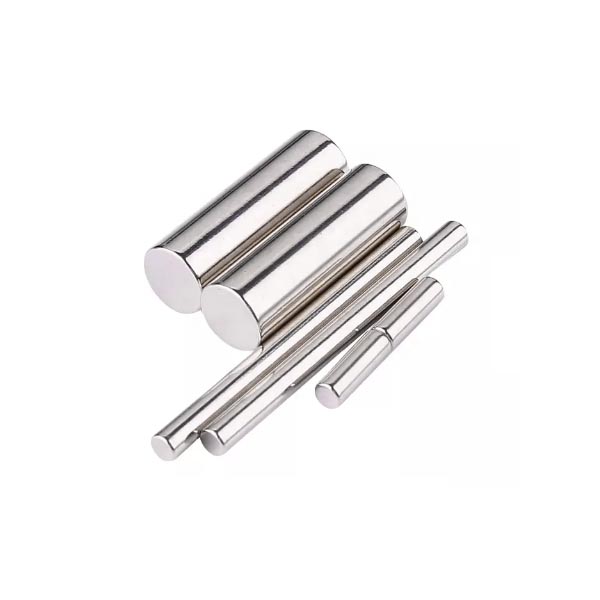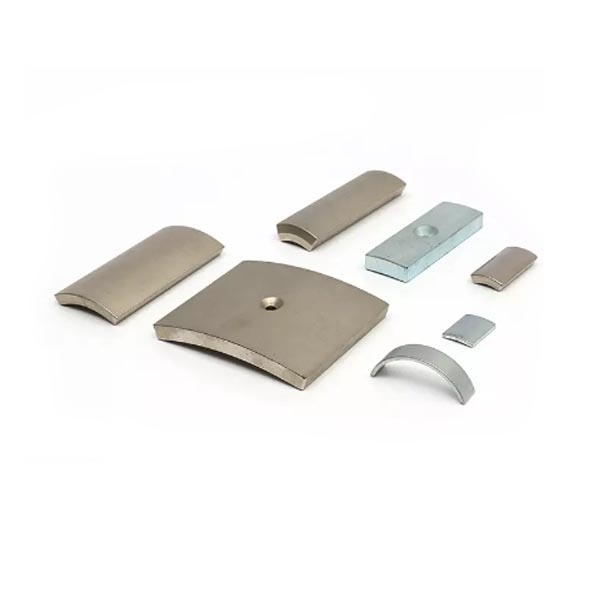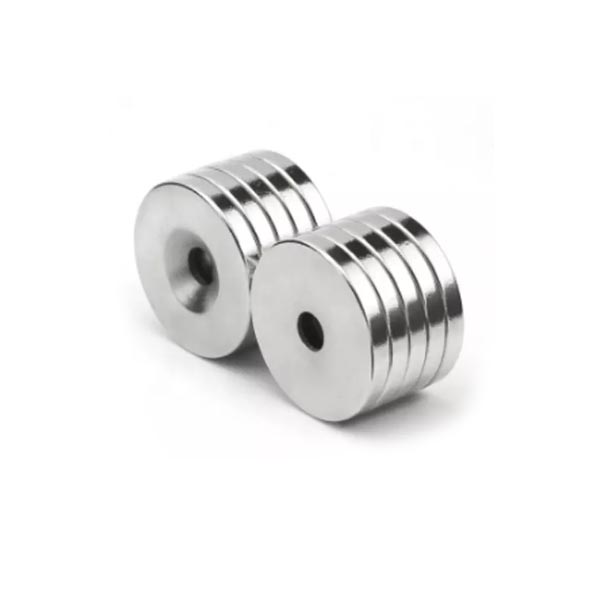U-shaped neodymium magnets are a powerhouse. Their unique design concentrates an extremely strong magnetic field in a compact space, making them ideal for demanding applications such as magnetic chucks, specialized sensors, high-torque motors, and rugged fixtures. However, their powerful performance and complex shape also make them difficult to customize. A single mistake can lead to wasted money, project delays, or even dangerous failures.
Avoid these 5 critical mistakes to ensure your custom U-shaped neodymium magnets perform perfectly and safely:
Mistake #1: Ignoring Material Brittleness and Stress Points
Problem: Neodymium magnets (especially the strongest grades like N52) are inherently brittle, like fine porcelain. The sharp corners of the U-shape create natural stress concentration points. Failure to account for this brittleness when specifying dimensions, tolerances, or handling requirements can lead to cracks or catastrophic fractures during manufacturing, magnetization, shipping, and even installation.
Solution:
Specify Large Radius: Require the largest possible inside corner radius (R) your design can handle. Tight 90-degree bends are a no-no.
Choose the right grade: Sometimes a slightly lower grade (e.g., N42 instead of N52) can provide better fracture toughness without sacrificing too much needed strength.
Communicate handling needs: Make sure your manufacturer understands how the magnets will be handled and mounted. They may recommend protective packaging or handling fixtures.
Avoid thin legs: Legs that are too thin relative to the size and strength of the magnet can significantly increase the risk of fracture.
Mistake #2: Designing without considering magnetization direction
Problem: NdFeB magnets derive their energy from magnetizing in a specific direction after sintering. For U-shaped magnets, the poles are almost always at the ends of the legs. If you specify a complex shape or size that prevents the magnetizing fixture from properly contacting the pole faces, the magnet will not reach its maximum magnetization strength or may result in magnetization errors.
Solution:
Consult early: Discuss your design with the magnet manufacturer before finalizing it. And ask about magnetizing fixture requirements and limitations.
Prioritize pole face accessibility: Ensure the design allows for clear, unobstructed access of the magnetizing coil to the entire surface of each pole end.
Understand orientation: Clearly state the desired magnetization orientation (axially through the pole) in your specifications.
Mistake #3: Underestimating the importance of tolerances (or setting them too tight)
Problem: Sintered Nd magnets shrink during the manufacturing process, making post-sintering machining difficult and dangerous (see Mistake #1!). Expecting “machined metal” tolerances (±0.001 in.) is unrealistic and extremely costly. Conversely, specifying tolerances too wide (±0.1 in.) may result in a magnet that cannot be used in your assembly.
Solution:
Understand industry standards: Understand typical “sintered” tolerances for NdFeB magnets (typically ±0.3% to ±0.5% of size, with minimum tolerances typically ±0.1 mm or ±0.005 in.).
Be pragmatic: Specify tight tolerances only where they are critical to function, such as mating surfaces. In other cases, lower tolerances can save costs and reduce risk.
Discuss grinding: If a surface must be very precise (e.g., a chuck face), specify that grinding is required. This can add significant cost and risk, so use it only when necessary. Make sure the manufacturer knows which surfaces require grinding.
Mistake #4: Ignoring environmental protection (coatings)
Problem: Bare neodymium magnets corrode quickly when exposed to moisture, humidity, or certain chemicals. Corrosion starts at the vulnerable internal corners and quickly degrades magnetic performance and structural integrity. Choosing the wrong coating, or assuming that a standard coating is adequate for harsh environments, can lead to premature failure.
Solution:
Never ignore coatings: Bare NdFeB is not suitable for functional magnets.
Coatings should match the environment: Standard nickel-copper-nickel (Ni-Cu-Ni) plating is suitable for most indoor uses. For environments that are damp, wet, outdoor, or exposed to chemicals, specify a rugged coating such as:
Epoxy/Parylene: Excellent moisture and chemical resistance, and electrical insulation.
Gold or zinc: for specific corrosion resistance.
Thick epoxy: for harsh environments.
Specify inside corner coverage: Emphasize that the coating must provide uniform coverage, especially at the high-stress inside corners of a U-shape. Ask about their workmanship guarantee.
Consider salt spray testing: If corrosion resistance is critical, specify the number of hours of salt spray testing (e.g., ASTM B117) that the coated magnet must pass.
Mistake #5: Skipping the Prototype Phase
Problem: There are risks in jumping into a large order based on a CAD model or datasheet alone. Real-world factors such as magnetic pull distribution, actual fit of components, handling fragility, or unforeseen interactions may only be apparent with a physical sample.
Solution:
Do order prototypes: budget and insist on a small batch of prototypes first.
Test rigorously: Subject prototypes to real-world conditions:
Ensure fit and functionality in the assembly.
Real-world pull measurements (does it meet your needs?).
Handling tests (will it survive installation?).
Environmental exposure tests (if applicable).
Iterate as needed: Use prototype feedback to optimize dimensions, tolerances, coatings, or grades before committing to costly production.
Your Custom Neodymium Magnets Project
We can offer the OEM/ODM services of our products. The product can be customized according to your personalized requirements, including the size, Shape, performance, and coating. please offer your design documents or tell us your ideas and our R&D team will do the rest.
Post time: Jun-28-2025







